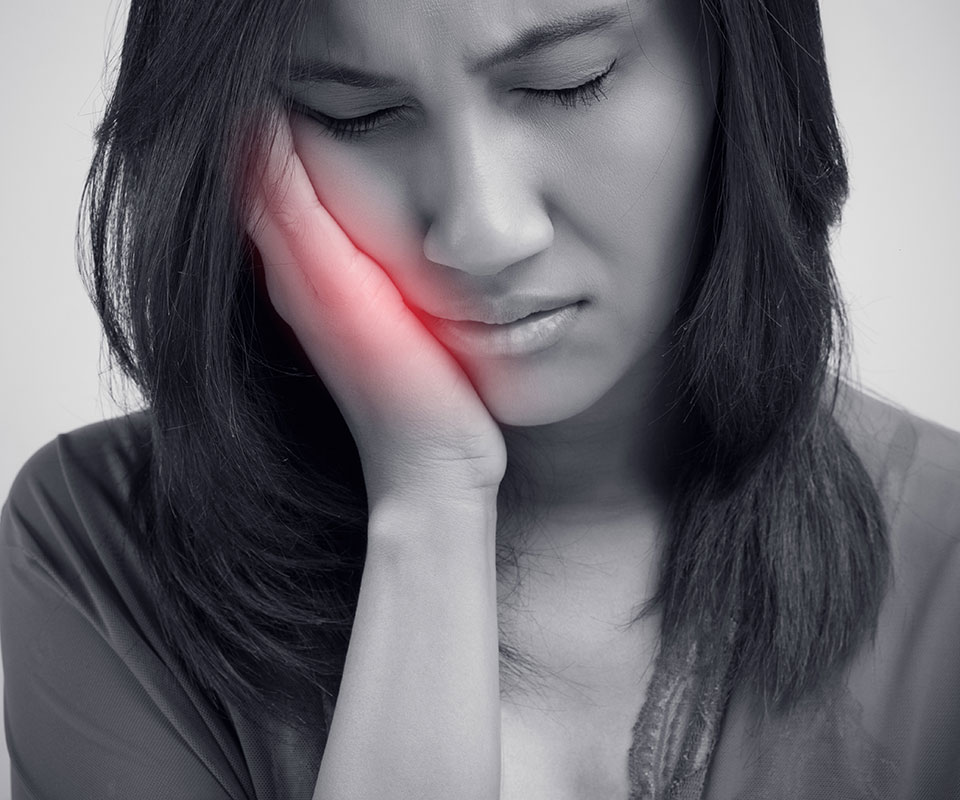
What is a tooth extraction?
Removing a tooth from the mouth is what's commonly referred to as tooth extraction. This is a simple procedure that can be done when the patient is awake but under the influence of an anesthetic. Modern technology has really facilitated painless tooth extraction procedures. Your dentist may recommend a tooth extraction for several reasons.
Why might you need a tooth extraction?
To provide adequate room in the mouth for other orthodontic treatments to be done such as braces where the teeth will be moved.
To remove teeth that are badly damaged e.g. severely infected or fractured teeth that cannot be fixed with the use of fillings or crowns.
To get rid of baby teeth and make more room for the patient's permanent teeth to come in.
To remove a tooth that has become infected especially for patients with a weakened immune system or those who are extremely vulnerable to infection.
What happens during a tooth extraction?
One thing the dentist must look at in order to determine the method of extraction is whether the tooth has erupted from the gum line. If this is the case, then extraction is relatively easier. The dentist uses a tool called an elevator to loosen it from the position and then pulls it out using forceps.
On the other hand, if the tooth hasn't erupted from the gum line or has been broken off and part of it is inside the gum, the dentist will need to cut into the patient's gum in order to properly remove the tooth.
Patients undergoing tooth extraction are usually awake, but they are given a local anesthetic to numb the area. Some patients are usually extremely nervous or have hyperactive gag reflexes which may hinder the dentist from performing the work effectively. In such cases, these patients are 'put to sleep' or fully sedated with general anesthesia. The dentist will understand your unique situation and determine the best method to conduct the tooth extraction.


Recovery after a tooth extraction
Once the procedure is done, the dentist will put a gauze on the section which you should bite down for about 20 to 30 minutes. This encourages the area to stop bleeding. Typically, bleeding should stop within 24 hours after the tooth is removed.
Avoid smoking, spitting or using a straw immediately after having a tooth removed.
If you feel pain, use over the counter pain medications like ibuprofen (Advil) and Acetaminophen (Tylenol) to alleviate those symptoms. Swelling is also common after tooth extraction. Use an ice pack for the first 24 hours to minimize the swelling by placing it on the side of your jaw where the procedure was done for about 20 minutes. Remove it for about 20 minutes and repeat this when necessary.
Your dentist may advise you to rinse your mouth with a mixture of warm saltwater which keeps the surgical area clean.
Try and consume soft and cool foods such as ice cream as they will probably help you to eat for the first few days after your extraction. Healing can take up to two weeks but if you notice any unusual symptoms such as difficulty breathing, fever or worsening pain, call your dentist.
